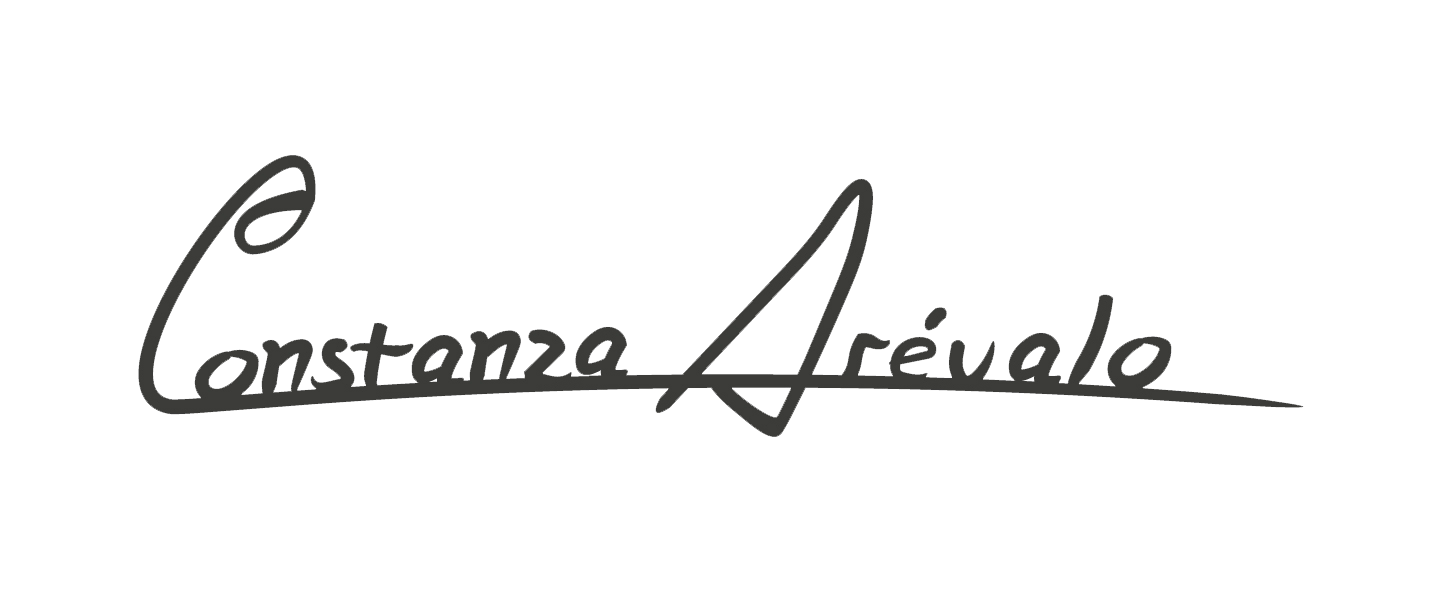Art and education, two synergistic forces!
Author Constanza Arévalo M.
Psychologist with a focus on Community Social Work, Specialist in Pedagogy for autonomous learning development, Educational Researcher, University Professor, and Artist.
«Art as a Social and Educational Transformer.»
Considering that the world is ever-changing, in constant transformation and evolution, let’s focus even more on the educational system, locally, regionally, nationally, and globally. New generations of learners require new forms of learning, as unique and irreplaceable individuals learn differently through the senses—sight, taste, smell, touch, and hearing—and various learning styles such as visual, kinesthetic, auditory, musical, verbal, social, etc. These interrelate with the diverse multiple intelligences that humans possess. Some of these include linguistic intelligence (facilitates oral and written communication) through creating stories, comics, etc. Therefore, it’s favorable to provide children spaces outside the classroom to explore and develop observation skills, like closely observing a tree’s texture, shape, color, and scent. This allows them to develop greater sensitivity to life and express emotions, sensations, and feelings in various forms.
Musical intelligence (allowing them to explore sounds, for example, listening, interpreting, composing, analyzing songs) gives them the opportunity to interact with musical instruments from a young age, learning to play an instrument, which brings benefits such as self-confidence, creativity development, imagination, and fine motor skills enhancement.
Visual intelligence (imagining, drawing, creating new colors, assembling puzzles, etc.) enables children to develop mental imagery, modifying mental structures. Hence, providing spaces where they can develop this intelligence is essential.
Naturalist intelligence (allowing children to connect with nature, promoting the use of natural materials like leaves, seeds, sticks, etc., and encouraging them to develop literature such as stories and poetry) helps them learn, discover, and enhance new learning skills and life social abilities. This empowers them to overcome weaknesses on emotional, psychological, physical, spiritual, intellectual, ecological, and social levels.
Therefore, it’s an invitation to all of us connected to the fascinating world of education, starting with parents as the primary educators and shapers of their children’s lives. Family is one of society’s main pillars, teachers, other educational institution members, different governmental and non-governmental entities with the mission and vision to promote and generate new learning methods. Educational spaces need to evolve learning methods, especially through the implementation and use of art in its various forms—painting, sculpture, literature, music, performing arts, etc. By utilizing new artistic strategies, creativity in children can be enhanced, contributing to improved learning.
Art’s purpose is to contribute to transforming the educational system by motivating learning through enjoyment, joy, and empowering the students as the main protagonists of their education. This integration involves Human Development, art, creativity, didactic pedagogy, and technology, promoting life-long learning rather than rote memorization.
Accordingly, the utilization of art fosters creativity, recognizing oneself, improving learning processes, intra and interpersonal communication, generating human change, building emotional connections with others. Art’s expression encompasses the physical, psychological, mental, spiritual, intellectual aspects, becoming a social, educational, cultural, and intellectual tool.
Hence, art is also employed within the field of art therapy psychology. Art therapy aims to contribute to individuals’ and social groups’ improved quality of life through human development. It aims to enhance psychological, emotional, and social conflicts by allowing individuals to express and externalize their emotions, sensations, and feelings, often left unspoken.
Suggestions: Invite educational institutions and families to offer children spaces to develop creativity, imagination, and the free expression of emotions, sensations, and feelings. Encourage them to explore textures, colors, aromas, sounds, bodily movement, and further develop their senses. This will help them become autonomous, confident individuals, empathetic towards others and nature, improving their socialization processes and learning for life.
«The purpose of education is not to teach for the moment but for life.» (Kam 2014).






